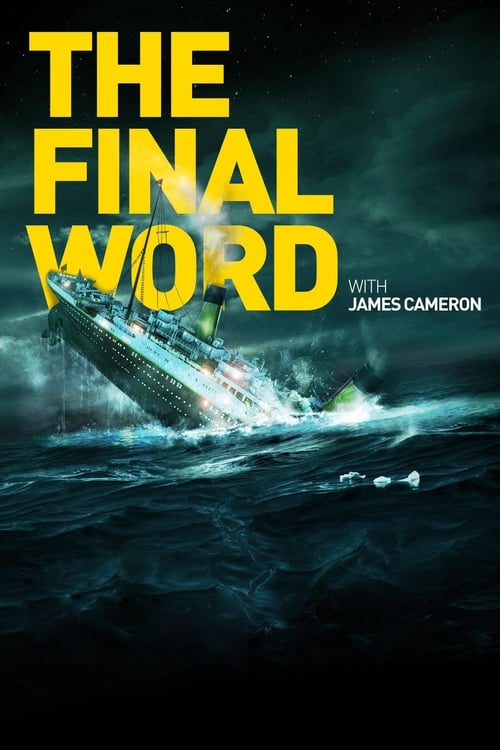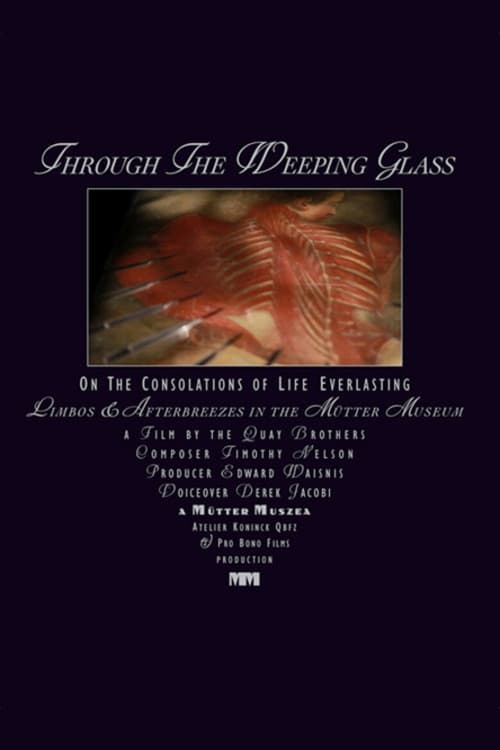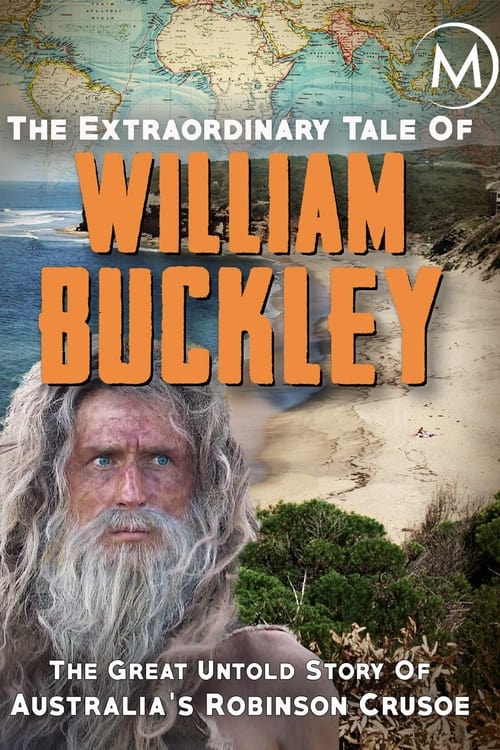
Ask Your Own Question
What is the plot?
More Movies Like This
Browse All Movies →
What is the ending?
In the movie "Titanic: The Final Word with James Cameron," the ending focuses on the culmination of James Cameron's exploration of the Titanic wreck and the insights gained from the expedition. The film concludes with a reflection on the tragedy of the Titanic, emphasizing the lessons learned from the disaster and the importance of remembering those who lost their lives.
As the film progresses towards its conclusion, James Cameron and his team have gathered extensive footage and data from their deep-sea explorations of the Titanic wreck. They showcase the haunting beauty of the ship's remains, revealing the intricate details of its structure and the artifacts that tell the story of its tragic sinking. The emotional weight of the narrative is palpable as Cameron reflects on the lives lost and the stories of the passengers and crew.
In the final scenes, Cameron emphasizes the significance of the Titanic as a symbol of human ambition and the consequences of hubris. He shares his personal connection to the story, expressing a deep respect for the victims and a commitment to preserving their memory. The film closes with a poignant reminder of the fragility of life and the enduring impact of the Titanic disaster on maritime history.
As the credits roll, viewers are left with a sense of closure, having witnessed not only the physical exploration of the wreck but also the emotional journey of understanding the Titanic's legacy.
In a more detailed narrative:
The film opens with James Cameron, renowned filmmaker and deep-sea explorer, preparing for another expedition to the Titanic wreck site. The atmosphere is charged with anticipation as Cameron and his team gather their equipment and review the extensive research they have conducted over the years. The audience is introduced to the haunting imagery of the Titanic resting on the ocean floor, shrouded in darkness yet still exuding a sense of grandeur.
As the exploration unfolds, Cameron narrates the history of the Titanic, detailing its construction, the opulence of its interiors, and the fateful night of April 15, 1912, when it struck an iceberg and sank. The film intersperses archival footage and photographs with the team's current findings, creating a vivid tapestry of the past and present.
The team descends into the depths of the North Atlantic, their submersible gliding over the wreckage. The camera captures the eerie beauty of the ship's remains, with rusted metal and decaying artifacts that tell stories of the passengers who once walked its decks. Cameron's voice resonates with emotion as he reflects on the lives lost, sharing anecdotes about specific individuals and their dreams, hopes, and fears.
As they explore the ship, the team discovers personal items, such as shoes, jewelry, and letters, which evoke a deep sense of connection to the past. Each artifact serves as a reminder of the human stories intertwined with the tragedy. Cameron's passion for preserving these memories is evident as he discusses the importance of honoring those who perished.
In the final act of the film, Cameron and his team present their findings to the world, showcasing the stunning visuals captured during their dives. They emphasize the need for continued exploration and preservation of the Titanic site, advocating for respect and care in handling the artifacts. The emotional weight of the narrative crescendos as Cameron speaks directly to the audience, urging them to remember the lessons learned from the Titanic disaster.
The film concludes with a powerful montage of the wreck, interspersed with images of the lives lost and the impact of the tragedy on maritime safety regulations. Cameron's voiceover serves as a poignant reminder of the fragility of life and the importance of remembering history to prevent similar disasters in the future.
As the screen fades to black, viewers are left with a profound sense of reflection, having journeyed through the depths of the ocean and the depths of human emotion tied to the Titanic's legacy. The film encapsulates not just the exploration of a ship, but the exploration of humanity itself, leaving an indelible mark on the hearts of those who witness it.
Is there a post-credit scene?
"Titanic: The Final Word with James Cameron" does not have a post-credit scene. The documentary concludes with James Cameron reflecting on the lessons learned from the Titanic disaster and the importance of remembering the lives lost. The focus remains on the exploration of the shipwreck and the insights gained from the deep-sea dives, rather than any additional scenes or content after the credits. The film wraps up with a sense of closure regarding the historical significance of the Titanic and the ongoing quest for understanding its legacy.
What specific discoveries did James Cameron make about the Titanic's sinking in the documentary?
In 'Titanic: The Final Word with James Cameron', the documentary reveals several key discoveries about the Titanic's sinking. Cameron discusses the structural failures of the ship, particularly how the steel used in the hull became brittle in the icy waters of the North Atlantic. He also highlights the importance of the ship's design flaws, such as the inadequate number of lifeboats and the watertight compartments that failed to contain flooding. Through advanced underwater exploration and 3D imaging, Cameron presents new insights into the ship's final moments, including the angle of the ship as it sank and the sequence of events leading to its demise.
How did James Cameron's personal connection to the Titanic influence the documentary?
James Cameron's personal connection to the Titanic is deeply woven into the fabric of 'Titanic: The Final Word'. His fascination with the ship began long before the making of his iconic film in 1997. In the documentary, Cameron shares his emotional journey, revealing how the tragedy of the Titanic resonates with him on a personal level. He expresses a desire to honor the memory of those who perished by uncovering the truth about the disaster. This motivation drives his exploration and research, as he seeks to provide a definitive account of the events surrounding the sinking.
What role do the survivors' accounts play in the documentary?
In 'Titanic: The Final Word', the accounts of survivors play a crucial role in shaping the narrative. Cameron incorporates interviews and testimonies from those who lived through the disaster, providing a human perspective to the historical event. These personal stories add emotional depth, illustrating the chaos and fear experienced during the sinking. The documentary juxtaposes these firsthand accounts with scientific analysis, creating a comprehensive understanding of the tragedy. The survivors' memories serve as a poignant reminder of the lives lost and the impact of the disaster on those who survived.
What new technology did Cameron use to explore the wreck of the Titanic?
Cameron utilized cutting-edge technology in 'Titanic: The Final Word' to explore the wreck of the Titanic. He employed advanced submersibles equipped with high-definition cameras and 3D imaging technology to capture detailed footage of the shipwreck. This innovative approach allowed for a more thorough examination of the Titanic's condition and the surrounding debris field. The documentary showcases stunning visuals of the wreck, revealing the ship's deterioration over time and providing insights into the underwater environment. Cameron's use of technology not only enhances the visual experience but also aids in understanding the factors that contributed to the sinking.
What specific myths or misconceptions about the Titanic does the documentary address?
In 'Titanic: The Final Word', Cameron addresses several myths and misconceptions surrounding the Titanic disaster. One significant myth is the belief that the ship was unsinkable; the documentary clarifies that while the Titanic was designed with advanced safety features, it was not impervious to disaster. Cameron also debunks the notion that the ship sank immediately upon hitting the iceberg, explaining the sequence of events that led to its eventual sinking over a period of time. Additionally, the documentary tackles misconceptions about the actions of the crew and passengers during the evacuation, providing a more nuanced understanding of the chaos and decisions made in those critical moments.
Is this family friendly?
"Titanic: The Final Word with James Cameron" is a documentary that explores the historical events surrounding the sinking of the Titanic, featuring in-depth analysis and insights from James Cameron. While it is primarily educational, there are some aspects that may be considered objectionable or upsetting for children or sensitive viewers:
-
Historical Tragedy: The documentary discusses the tragic sinking of the Titanic, which resulted in the loss of over 1,500 lives. This theme of loss and tragedy may be distressing for some viewers.
-
Graphic Imagery: There are depictions of the shipwreck and underwater footage of the Titanic, which may evoke strong emotions related to the disaster.
-
Survivor Accounts: The documentary includes accounts from survivors and their experiences during the sinking, which can be emotionally intense and may include themes of fear, panic, and loss.
-
Discussion of Human Suffering: The film addresses the human suffering and chaos that occurred during the disaster, which may be upsetting for younger audiences or those sensitive to such topics.
Overall, while the documentary is informative and respectful in its presentation, the themes of tragedy and loss may require parental discretion for younger viewers.























